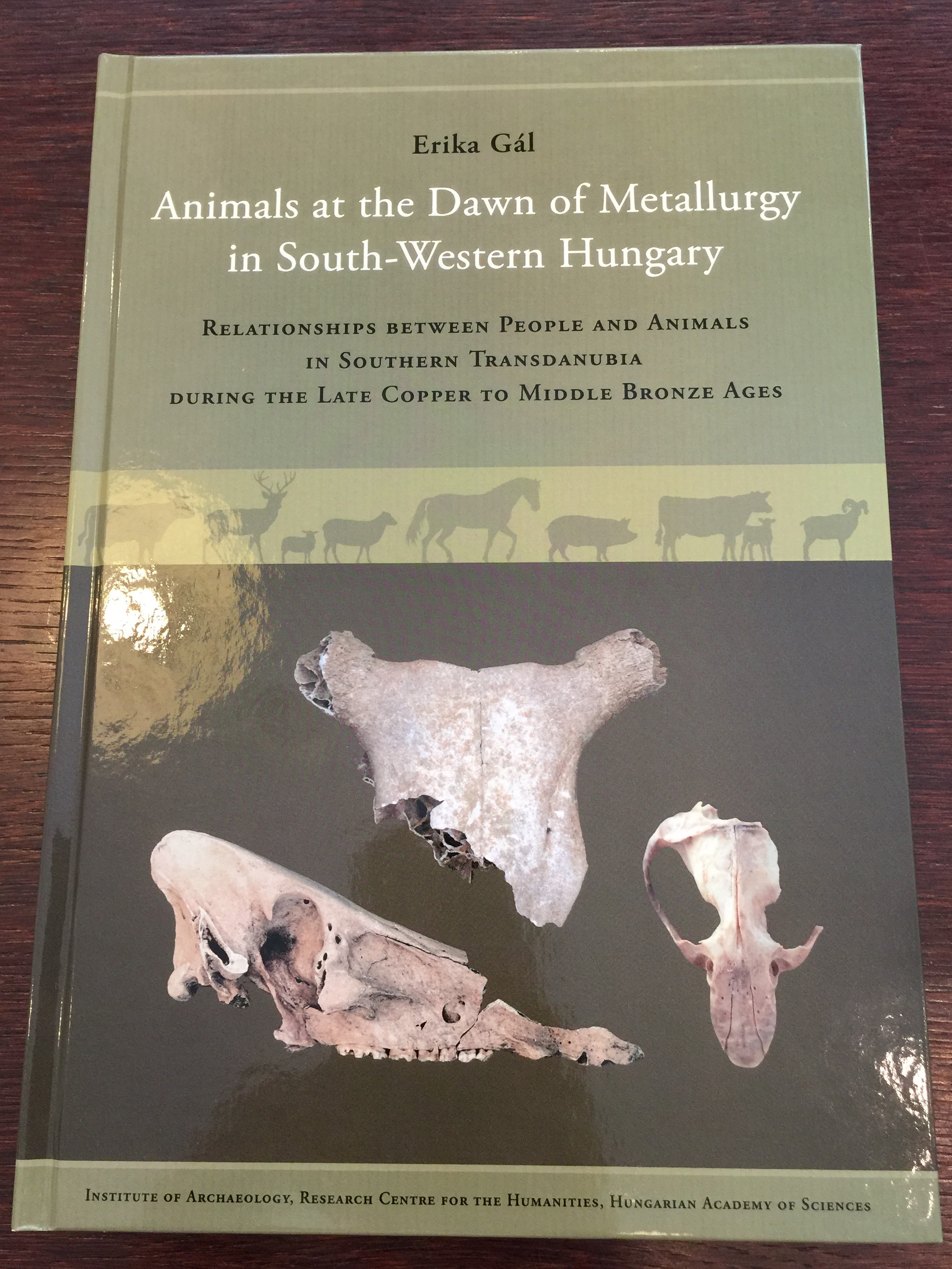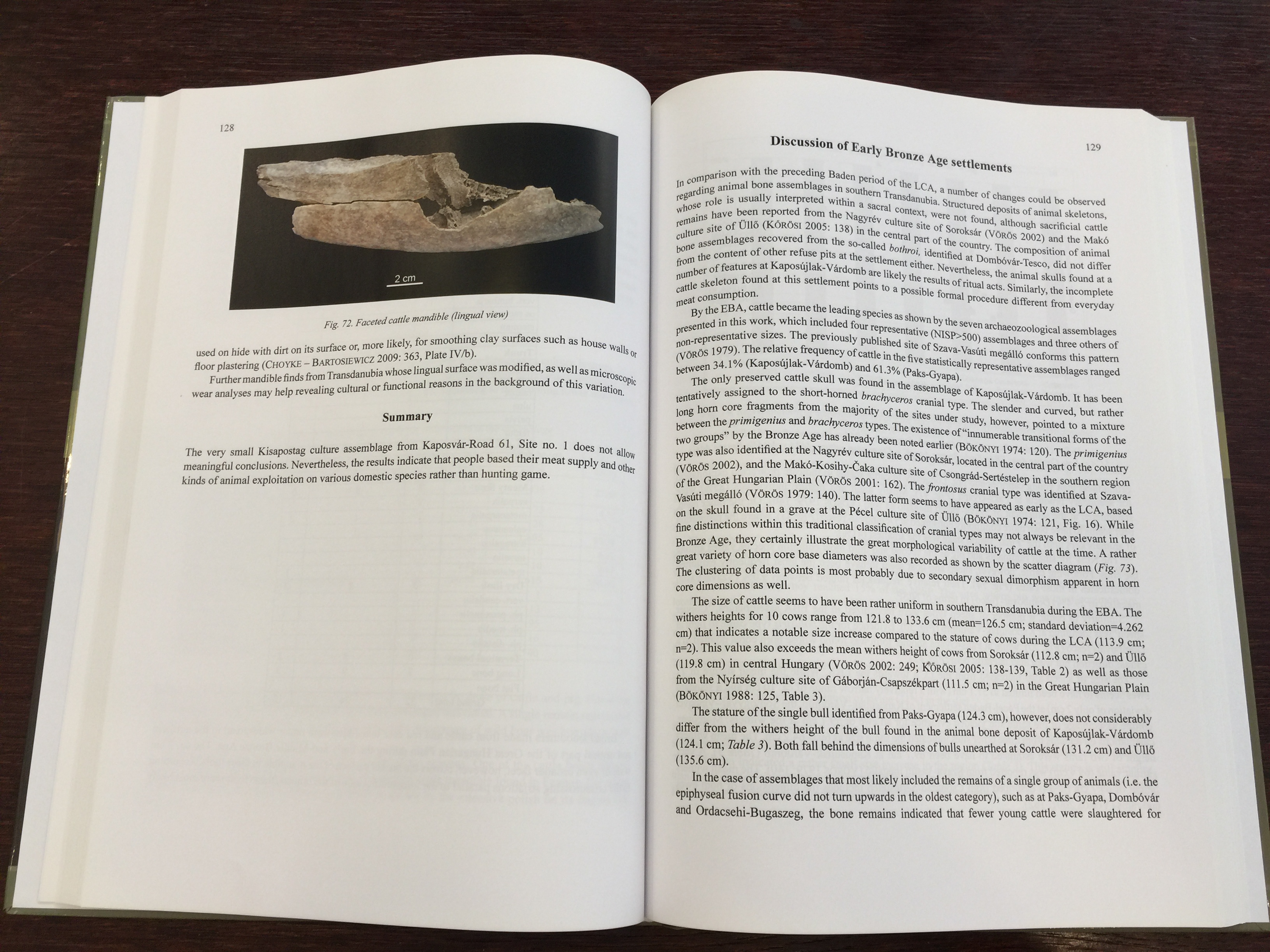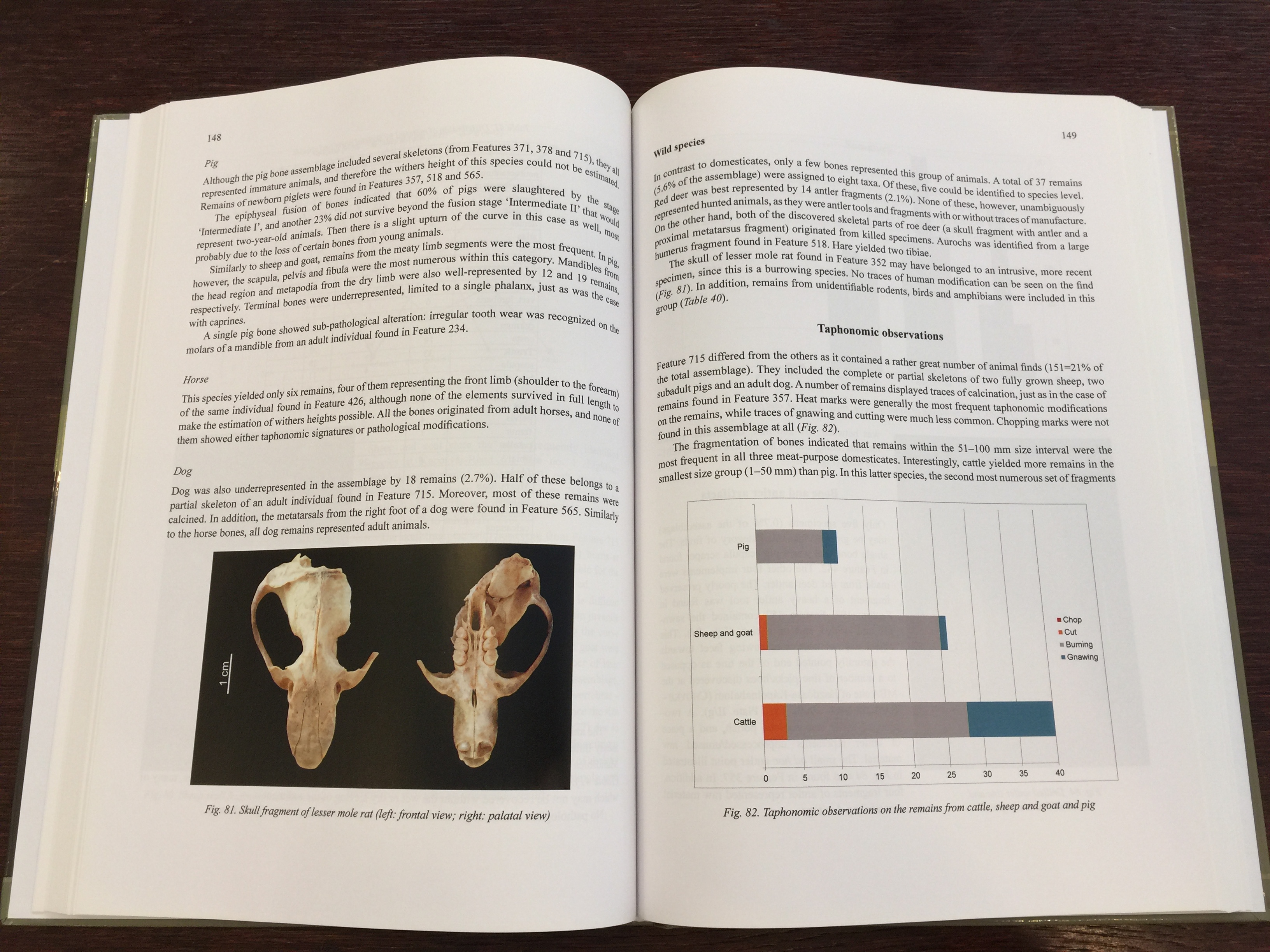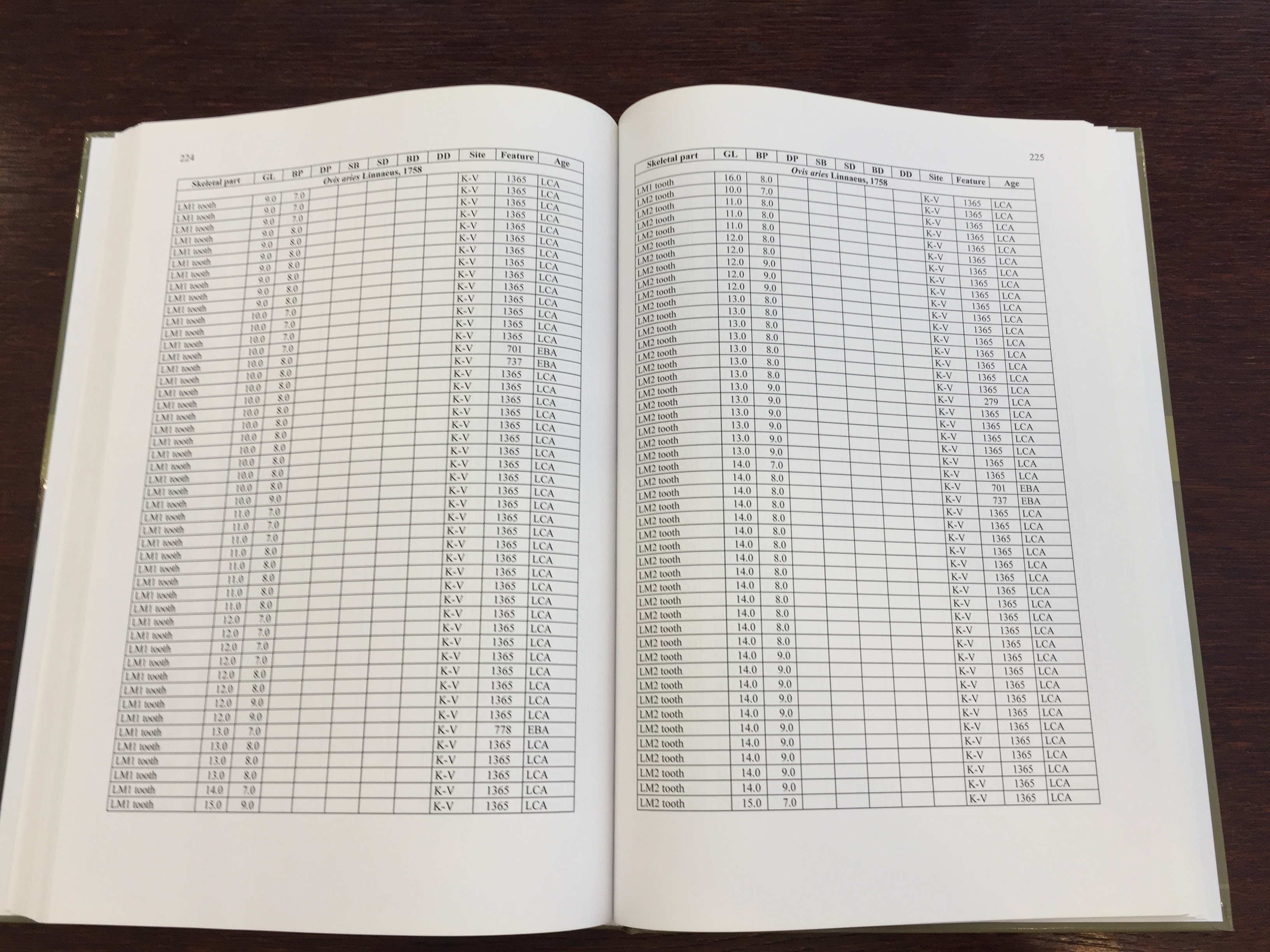Description
Animals at the Dawn of Metallurgy in South-Western Hungary by Erika Gál / Relationships between People and Animals in Southern Transdanubia during the Late Copper to Middle Bronze Ages / Archaeolingua Alapítvány
Hardcover 2017
ISBN: 9789639911925 / 978-9639911925
ISBN-10: 9639911925
PAGES: 288
PUBLISHER: Institute of archaeology, Research Centre for the Humanities, Hungarian Academy of Sciences
LANGUAGE: English
English Description:
This work presents the results of research conducted on four Late Copper Age, seven Early Bronze Age, and two Middle Bronze Age animal bone assemblages, located in the southern part of Transdanubia in southwestern Hungary. Until now, the available archaeo zoological information from this area has been rather limited. The discussion of the archaeo zoological material includes the find contexts within the settlement, the identified species, bone and antler artefacts, as well as taphonomic observations and pathological phenomena. At the end of each chapter, the results are discussed in a comparative way both in the local and regional context of the given archaeological period. The final summary is followed by appendices including data on radiocarbon-dated specimens and the measurements of bones as supplements to the volume. Animal remains representing the LCA to EBA transition in southwestern Trans-danubia shed light on major changes in numerous aspects of daily life. They show the overwhelming dominance of domesticates in meat consumption with an increasing importance of pork in comparison with mutton. Special belief systems are illustrated by structured deposits containing complete or partial animal skeletons during the LCA, associated with populations that probably relied on a mobile pastoral tradition. By the EBA, a trend of greater sedentism is complemented by the appearance of horses. Marked differences also occur between the animal raw materials and functional types of tool kits in these two main periods. These archaeozoological phenomena further enhance our understanding of regional trends in the relationships between animals and humans in southern Transdanubia within the broader framework of the LCA-EBA transition in the Carpathian Basin.
Erika Gal
Hungarian Academy of Sciences | HAS · Institute of Archaeology, Research Centre for the Humanities



































